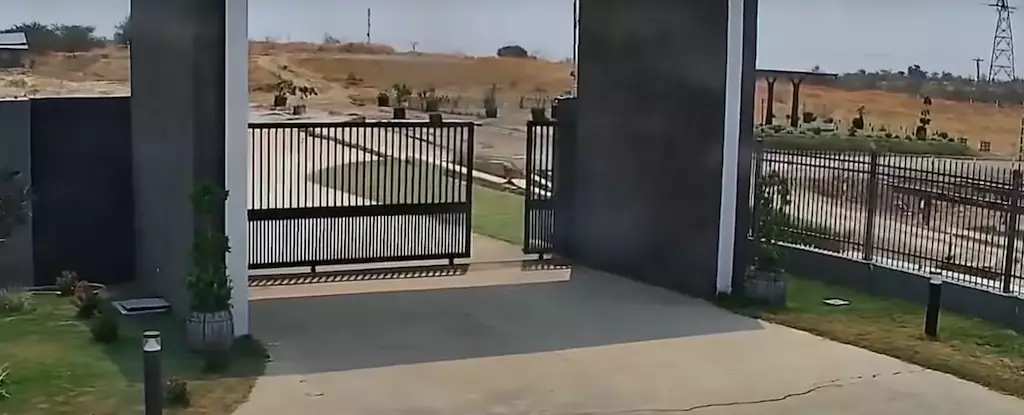On March 28, 2025, an earth-shattering event unfolded in Myanmar that will forever be etched in history. Amid calm and serenity, a seismic monster—a magnitude 7.7 earthquake—struck with a force that left over 3,700 people dead and thousands more injured. Powerful enough to displace the Earth’s crust by more than 6 meters in some areas, this quake was not just a statistic; it was humanity’s stark encounter with nature’s relentless fury. For many, the horror was magnified as a rare video captured this moment in real-time, allowing viewers to experience the cataclysm not merely as data points, but through visceral, disconcerting visuals.
The video’s unsettling progression starts innocently enough—a normal day unfolds until nature calls for chaos. As the ground quakes and begins to rupture, one can’t help but feel a sense of vulnerability, underscoring how briefly humanity can enjoy the semblance of safety. Unlike typical narratives of disaster that rely on gap-ridden after-the-fact assessments, this footage presents an undeniable truth: the ground beneath us is a ticking time bomb, poised to unleash unimaginable destruction at the slightest provocation.
The Rarity of Revelation
What makes this video even more harrowing is its rarity. Captured at the GP Energy Myanmar’s Thapyay Wa solar energy facility, the footage is believed to be one of the most significant records of a surface rupture ever documented. Visionary geophysicists like Rick Aster from Colorado State University suggest it exemplifies a unique intersection of scientific inquiry and human vulnerability. This momentary rupture of the ground encapsulates not just seismic energy but also the deep fears rooted in our existence, left exposed by the impending chaos.
It raises unsettling questions about our understanding of natural disasters. Are we prepared for what prognostics can tell us? Is burrowing deep into the nuances of tectonic plates and geological shifts enough when no one decides to move away from high-risk areas? Might this earthquake serve as a wake-up call—a reminder that infrastructure, however modern, is at the mercy of nature?
Cascading Catastrophes and Urban Risk
The implications of Myanmar’s quake resonate beyond its immediate tragedy. Civil engineer Khan Shahzada and his colleagues have detailed how this tsunami of seismic activity catalyzed a series of secondary disasters, amplifying infrastructure failures even in places as far away as Bangkok. This underscores a chilling reality; the interconnected world we live in means that the ripples of one calamity can be catastrophically felt across borders, impacting the lives of countless others.
What stands painfully apparent is that large cities, such as Mandalay, lie perilously close to the active Sagaing Fault, inviting an incessant threat of devastation. The negation of past lessons could cost not just lives but entire livelihoods, economies, and futures. Myanmar’s 2025 earthquake stands as a sinister testament to our yearning for growth and urbanization while neglecting inherent geological risks.
The Importance of Dialogue
In contemplating these truths, one must ponder the role of governance and policy in shaping a society’s relationship with nature. Political frameworks must embrace a proactive stance on disaster preparedness—investing in education surrounding geological hazards and the infrastructure to support vulnerable populations. Rather than waiting for another quake to strike before acting, leading figures should catalyze comprehensive discussions on urban planning, environmental regulation, and community resilience.
The calamity that unfurled in 2025 should ignite a moral imperative to foster dialogues across communities. Tectonic plates relentlessly shift beneath our feet, but humanity’s response need not be stagnant. We hold the power to preemptively address the vulnerabilities we face, necessitating an urgent coalition between scientists, policymakers, and communities alike to confront the reality of living on a quaking planet.
It is imperative that we recognize the intrinsic link between human development and geological reality. In doing so, we may fortify our societies against the inevitability of future shocks, turning fear into strength, and vulnerability into resilience.


Leave a Reply